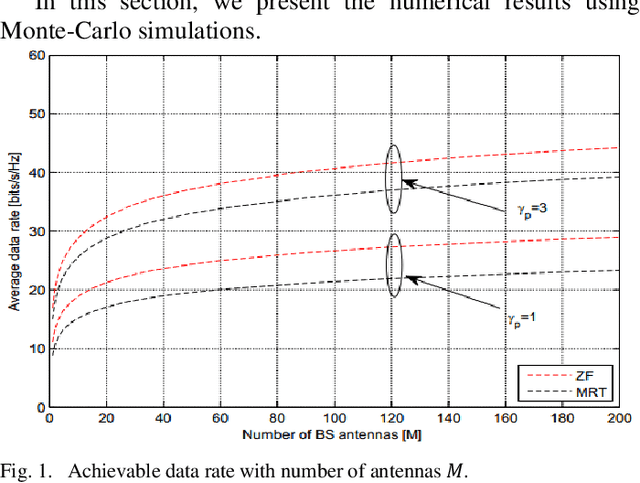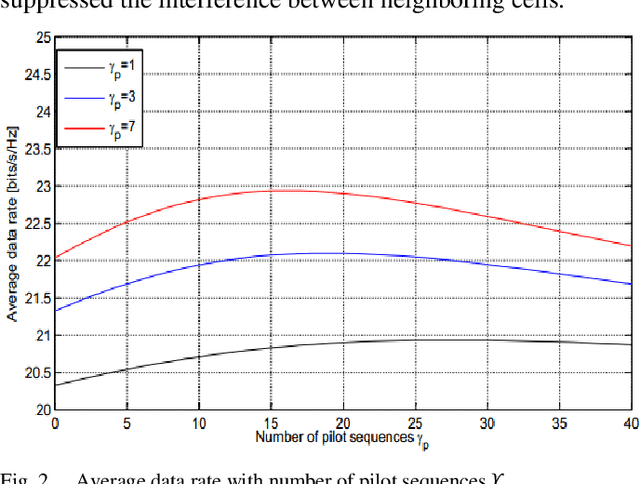Lukman Audah
Development of A Fully Data-Driven Artificial Intelligence and Deep Learning for URLLC Application in 6G Wireless Systems: A Survey
Aug 04, 2021



Abstract:The full future of the sixth generation will develop a fully data-driven that provide terabit rate per second, and adopt an average of 1000+ massive number of connections per person in 10 years 2030 virtually instantaneously. Data-driven for ultra-reliable and low latency communication is a new service paradigm provided by a new application of future sixth-generation wireless communication and network architecture, involving 100+ Gbps data rates with one millisecond latency. The key constraint is the amount of computing power available to spread massive data and well-designed artificial neural networks. Artificial Intelligence provides a new technique to design wireless networks by apply learning, predicting, and make decisions to manage the stream of big data training individuals, which provides more the capacity to transform that expert learning to develop the performance of wireless networks. We study the developing technologies that will be the driving force are artificial intelligence, communication systems to guarantee low latency. This paper aims to discuss the efficiency of the developing network and alleviate the great challenge for application scenarios and study Holographic radio, enhanced wireless channel coding, enormous Internet of Things integration, and haptic communication for virtual and augmented reality provide new services on the 6G network. Furthermore, improving a multi-level architecture for ultra-reliable and low latency in deep Learning allows for data-driven AI and 6G networks for device intelligence, as well as allowing innovations based on effective learning capabilities. These difficulties must be solved in order to meet the needs of future smart networks. Furthermore, this research categorizes various unexplored research gaps between machine learning and the sixth generation.
Pilot Contamination Elimination for Channel Estimation with Complete Knowledge of Large-Scale Fading in Downlink Massive MIMO Systems
Jun 25, 2021

Abstract:Massive multiple-input multiple-output is a very important technology for future fifth-generation systems. However, massive massive multiple input multiple output systems are still limited because of pilot contamination, impacting the data rate due to the non-orthogonality of pilot sequences transmitted by users in the same cell to the neighboring cells. We propose a channel estimation with complete knowledge of large-scale fading by using an orthogonal pilot reuse sequence to eliminate PC in edge users with poor channel quality based on the estimation of large-scale fading and performance analysis of maximum ratio transmission and zero forcing precoding methods. We derived the lower bounds on the achievable downlink DR and signal-to-interference noise ratio based on assigning PRS to a user grouping that mitigated this problem when the number of antenna elements approaches infinity The simulation results showed that a high DR can be achieved due to better channel estimation and reduced performance loss
Optimal Transmit Power and Antenna Selection to Achieve Energy Efficient and Low Complexity in fifth generation Massive MIMO Systems
Jun 04, 2021
Abstract:This paper investigates joint antenna selection and optimal transmit power in multi cell massive multiple input multiple output systems. The pilot interference and activated transmit antenna selection plays an essential role in maximizing energy efficiency. We derived the closed-form of maximal energy efficiency with complete knowledge of large-scale fading with maximum ratio transmission while accounting for channel estimation and eliminated pilot contamination when the antennas approach infinity. We investigated joint optimal antenna selection and optimal transmit power under minimized reuse of pilot sequences based on a novel iterative low-complexity algorithm for Lagrange multiplayer and Newton methods. The two scenarios of achievable high data rate and total transmit power allocation are critical to the performance maximal energy efficiency. We propose new power consumption for each antenna based on the transmit power amplifier and circuit power consumption to analyze exact power consumption. The simulation results show that maximal energy efficiency could be achieved using the iterative low complexity algorithm based on the reasonable maximum transmit power when the noise power was less than the power received pilot. The proposed low complexity iterative algorithm offers maximum energy efficiency by repeating a minimized pilot signal until the optimal antenna selection and transmission power are achieved.
Trade-off Energy and Spectral Efficiency in 5G Massive MIMO System
May 22, 2021


Abstract:A massive multiple input multiple-output system is very important to optimize the trade-off energy efficiency and spectral efficiency in fifth-generation cellular networks. The challenges for the next generation depend on increasing the high data traffic in the wireless communication system for both EE and SE. In this paper, the trade off energy efficiency and spectral efficiency based on the first derivative of transmit antennas and transmit power in a downlink massive MIMO system has been investigated. The trade off EE-SE by using a multiobjective optimization problem to decrease transmit power has been analyzed. The EE and SE based on constraint maximum transmit power allocation and a number of antennas by computing the first derivative of transmit power to maximize the trade-off energy efficiency and spectral efficiency has been improved. From the simulation results, the optimum trade-off between EE and SE can be obtained based on the first derivative by selecting the optimal antennas with a low cost of transmit power. Therefore, based on an optimal optimization problem is flexible to make trade-offs between EE-SE for distinct preferences
 Add to Chrome
Add to Chrome Add to Firefox
Add to Firefox Add to Edge
Add to Edge